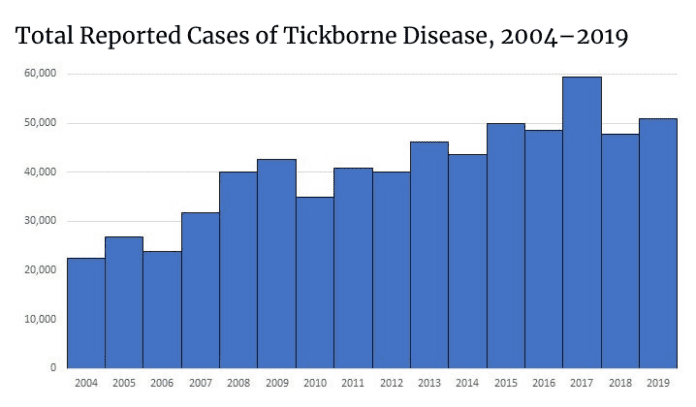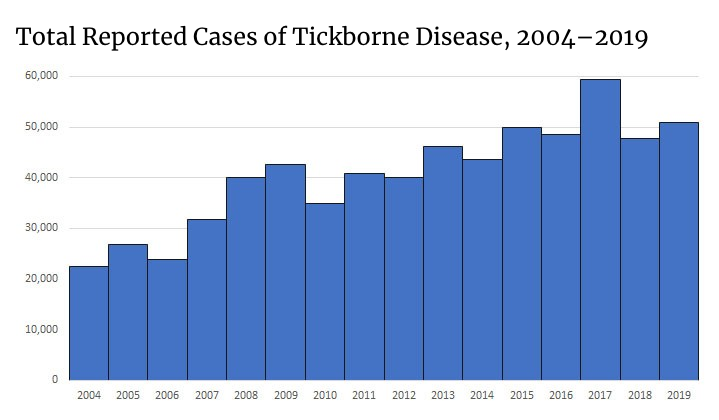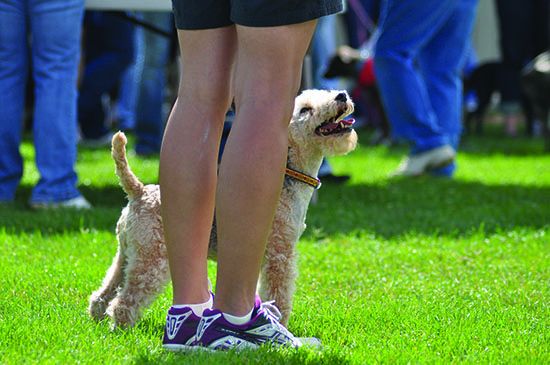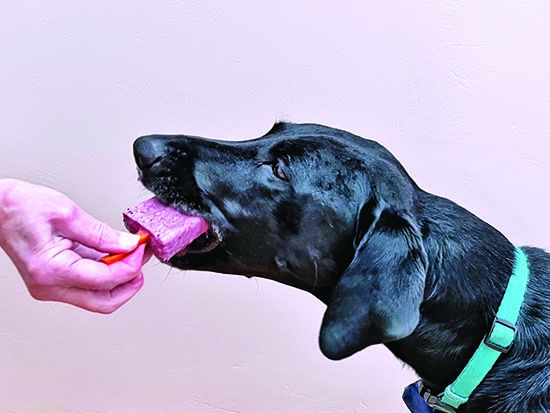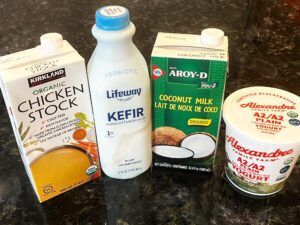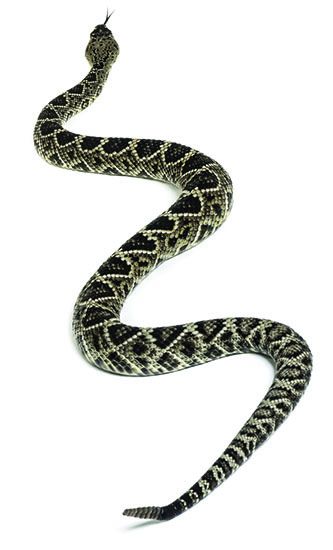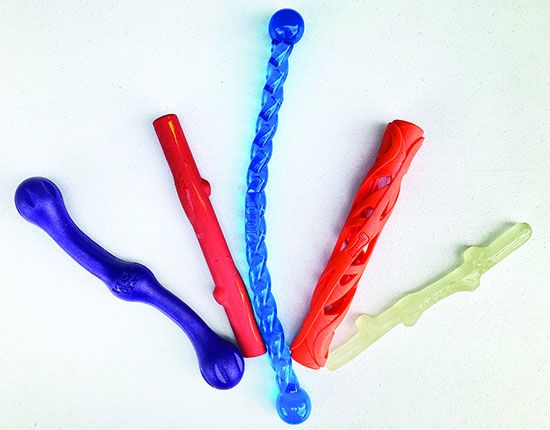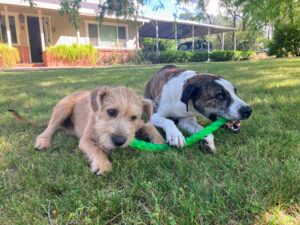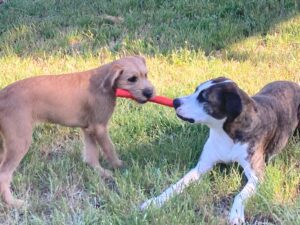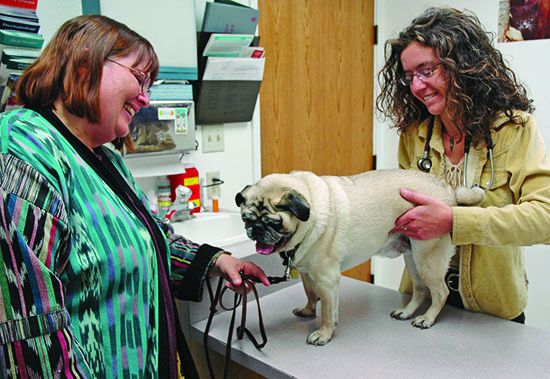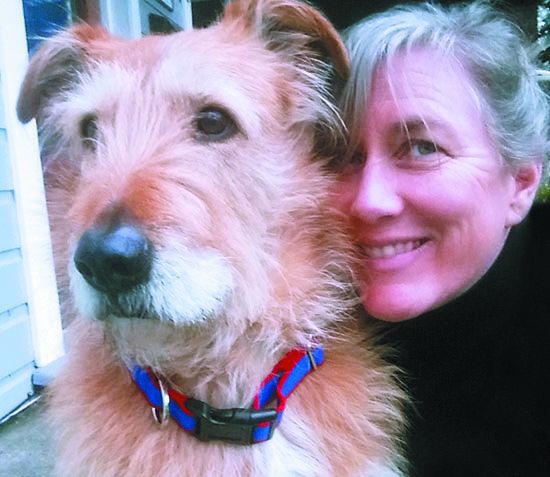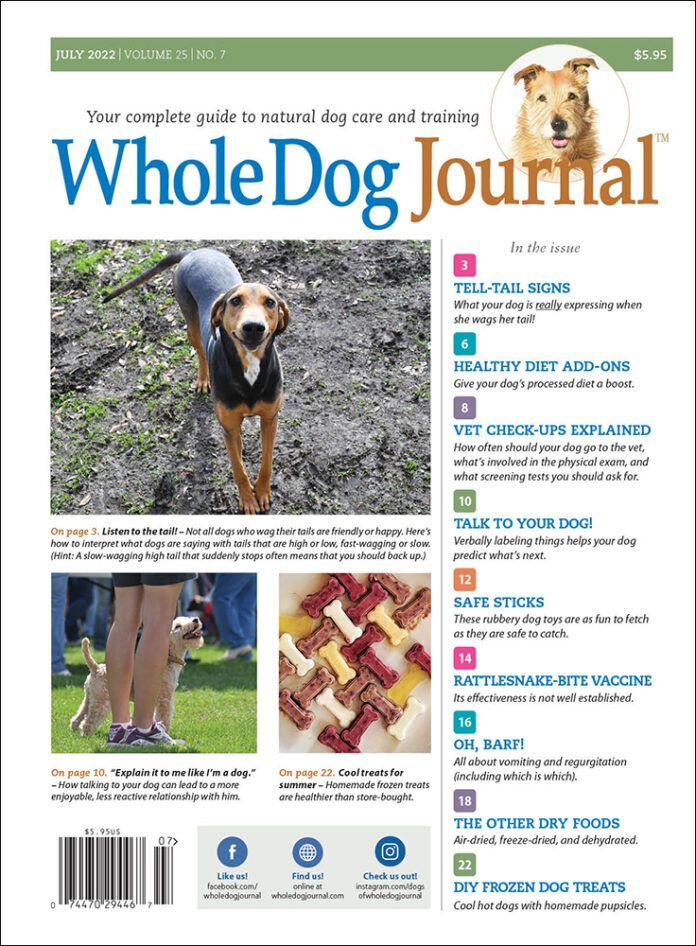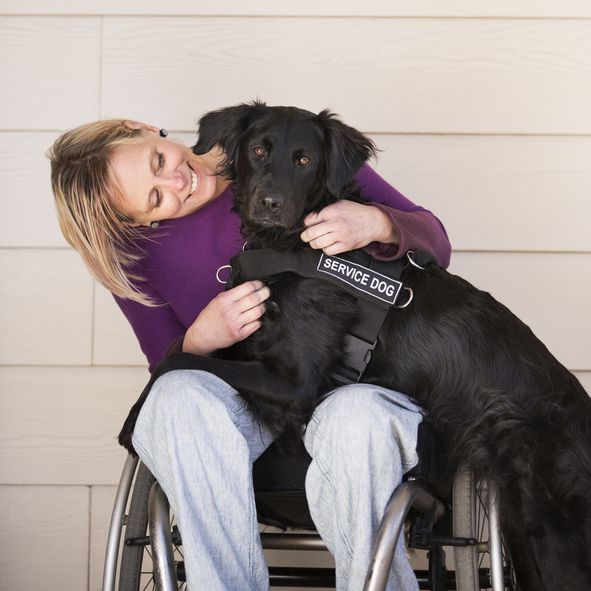This is the time of year that all dog owners who live in any of the western states, particularly in any part of California, will freeze in fear when they hear their dog sneeze. If the dog sneezes more than once in a row, they drop whatever they were doing and run to look at the dog. And if the dog sneezes violently again and again, most of us are reaching for their car keys and cell phone simultaneously, looking up the number of the emergency vet.
My California compadres know what I’m talking about: the dreaded foxtail in our dog’s nose.
“Foxtail” is the common name for a few species of grass that have fox-tail-shaped reproductive structures. Hordeum murinum and Hordeum marinum (which appear across most of the western U.S.) cause the most harm to dogs (and other animals). In the spring, when grass is green in the west, the foxtail structures are soft and bushy; as spring turns to summer and the grass dries out, the foxtails also dry out and turn brown. And as summer progresses, the foxtails start to fall apart; those previously bushy structures separate into dozens of individual seeds, each topped with a hard, sharp, arrow-like tip and trailing several long, stiff awns. Each awn is covered with microscopic barbs that grow from the awn in a single direction, away from the seed tip. When these awns come into contact with anything, the barbs help propel the seed relentlessly forward.
These structures help the seeds literally bury themselves in the earth, reseeding the plants that will grow tall and grassy again the next spring. But they also bury themselves deep into any clothing, skin, or fur they come into contact with – and if you grasp one by the awn, to pull it out of your clothing, skin, or hair, the awns tend to break off. Even a tiny portion of an awn that’s connected to the seed tip will keep propelling the seed forward
If a dog, walking through the grass, gets one lodged between his toes, the seed will penetrate the skin and start to travel into the dog’s foot and even up into the leg. The discomfort makes most dogs start to lick the place where the seed broke the skin – which pushes the seed further and further into the dog’s flesh.
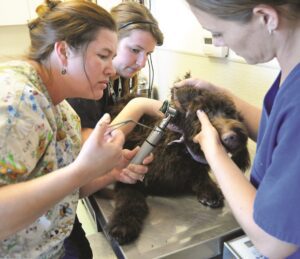
Dogs also get foxtails in their eyes, where the seeds can burrow back into the eye socket; ears, where the seeds can penetrate the ear drum and even enter the brain; in their genitalia, where the seeds can cause excruciating pain. But most commonly of all, dogs can accidentally sniff foxtail seeds into their noses as they are smelling the ground. And the moment a light-weight, stiff, bristly, awn enters the dog’s nose, you know it, because almost every dog will immediately and violently SNEEZE, again and again. I just read a Facebook post of one of my dog-owning friends, whose dog sneezed so explosively, trying to dislodge a foxtail in her nose, that she broke one of her canine teeth on the floor, and had to be rushed to the vet for not only for removal of the foxtail in her nose, but also, surgical removal of the painfully broken tooth.
So imagine my horror when, on deadline, sleep-deprived, and working around the clock, I heard my 6-month-old puppy Boone walk into the kitchen this morning, and SNEEZE, SNEEZE, SNEEZE! “Boone, noooooo!” I cried, as I immediately envisioned spending the next 10 hours at an emergency vet’s office (they are all seriously overburdened with patients and understaffed at the moment).
But the gods took pity on me and the best sort of foxtail miracle seemed to occur: It seems that the awn whisked right through Boone’s nose, into his throat, and down his esophagus – the best case scenario. After another minute or two of sneezing and rubbing his nose with his paws, Boone gagged, coughed, and swallowed, and that was that –no more sneezing or rubbing his nose (dogs seem to be able to digest any swallowed awns, thank goodness). Most of the time, foxtail awns that enter the nose end up lodging deep in the folding nasal passages, or stuck in some crevice in the back of the throat, where they can dig into the tissues and travel into the sinuses, the back of the eye, or even the brain. Ack!
Any dog can accidentally sniff a foxtail into his nose during any casual smelling of a field or weeds on the edge of a sidewalk; my son’s dog, a hound-mix named Cole, once inhaled a foxtail within a minute of arriving at my house after a three-hour drive; he started sneezing when I was still hugging my son “Hello”! My son had to put Cole back into his car immediately and head to a vet. An hour and $200 later, they were back, only a little worse for wear, with Cole needing a quiet room to sleep off the sedative he was given for the foxtail removal.
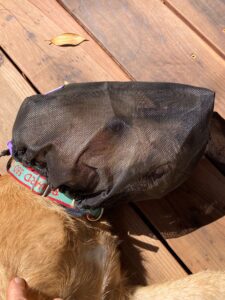
But my point is, while any dog can sniff up a foxtail, some dogs seem more prone to it. Hounds, hunting dogs, and others who use their noses more than the average dog are most at risk, as are (it seems) young dogs, who are still in the habit of enthusiastically and excitedly investigating everything in their world by smelling. Which will explain why, if you happen to drop by my house this summer, you might see a young dog with a mesh bag over his head. No, Boone isn’t being punished, but I’m ordering an Outfox Field Guard for him today. It’s the only tool I am aware of that can keep a sniffy dog safe during foxtail “season.” My nerves just can’t take any more sneezing fits!




